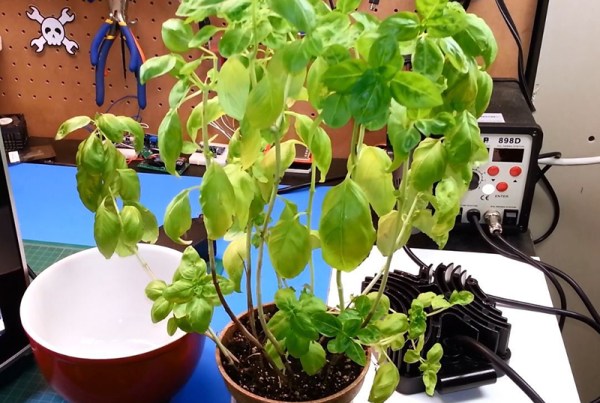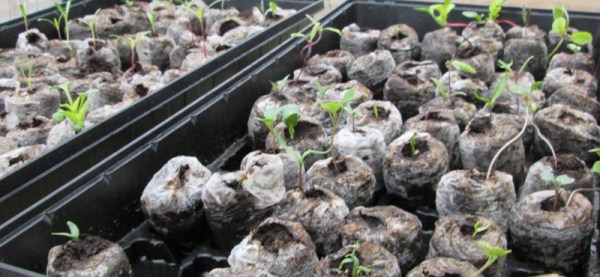Composting serves an important purpose in our society, reusing our food scraps and yard waste to fertilize gardens rather than fill up landfills. Knowing that most people don’t compost, [Darian Johnson] set out to create a Arduino-controlled composting system to make it as simple as possible. It monitors your bin’s moisture, temperature, and gas emissions to ensure it’s properly watered and aerated.
[Darian]’s project combines a MQ4 gas sensor that detects combustible gas, a soil moisture sensor, and a temperature and humidity probe. The nearby water reservoir is monitored by an ultrasonic sensor that keeps track of the water level; a pump triggered by a TIP120 turns on the water. Meanwhile, a servo-controlled vent keeps the air flowing just right.
The Smart Composting System sounds like it would be useful to home gardeners; it’s a Best Product finalist in the 2017 Hackaday Prize.






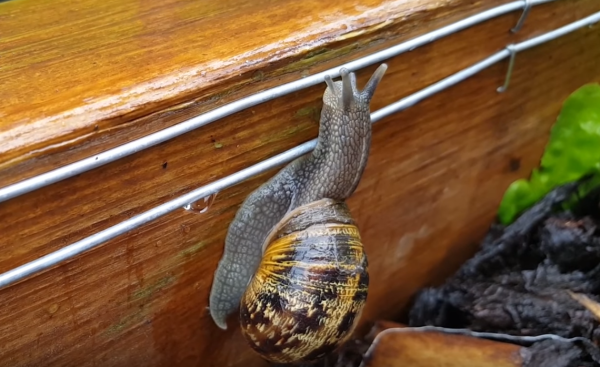
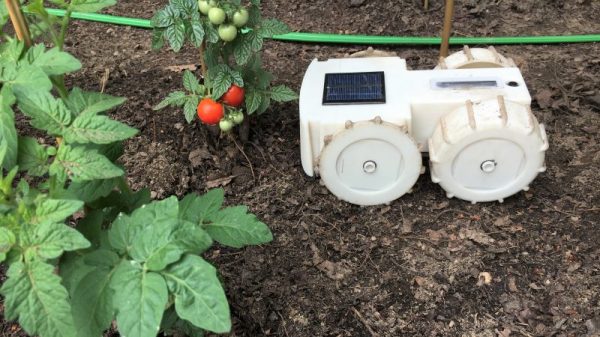
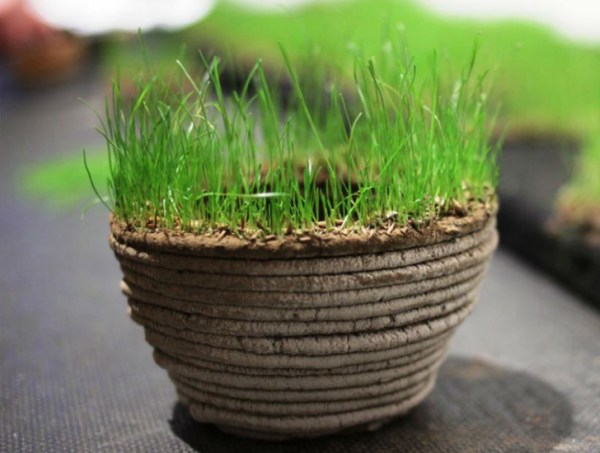
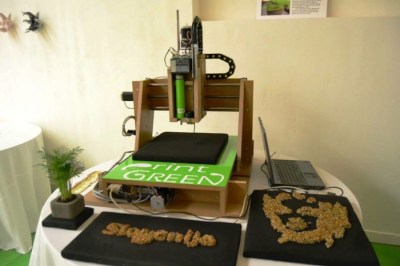

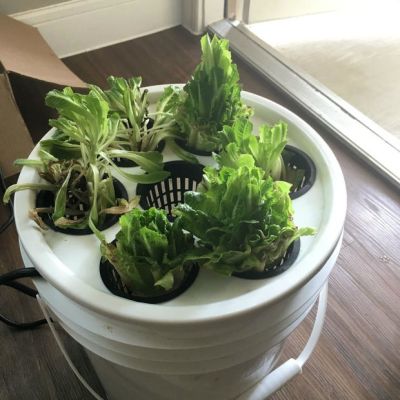 This phenomenon caught the attention of [Evandromiami], who
This phenomenon caught the attention of [Evandromiami], who 